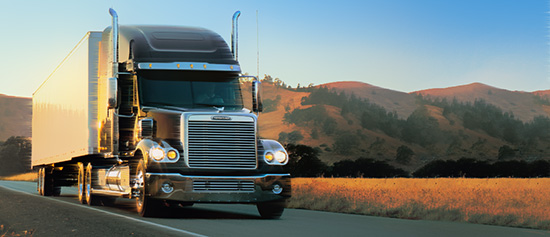How Technology and Trucking Thrive Together

Trucking is a business that is concerned with delivering a supply of good or materials from one point to another. The truck used on the road is usually made of a single self-powered unit, but still can be made with a cluster of trailer racks, with a tractor unit that hauls it. These trucks have various frames, wheels, and specifications depending on the size and weight of the cargo, goods or materials that they are transporting. But being a business that is very much affected by external factors, like natural conditions, traffic, or any unexpected circumstances, these elements would have a forthright effect on meeting the delivery schedules expected of the trucker and the trucking company. To solve this problem, a factoring company for truckers was established. The goal of these companies is to provide a tool that protects the financial capital of the truckers; a tool that is highly recommended because of what happened to truckers when they were explicitly deregulated years ago.
Back in the 1980’s, the average trucker in the United States of America would make an annual salary, adjusted and accounting for inflation, equal to more than $110,000 today. At this time, the truckers were the highest paid and they were the most powerful group of workers in the United States working class. This was in the time that the trucking industry was deregulated, meaning that the trucking industry did not have many restrictions, law or rules that prohibited them from being paid a fair wage that was well-fit for their workload. The deregulation was because of the Motor Carrier Act of 1980. It was because of the Motor Carrier Act that the number of trucking companies that operated in America was increased. After this, the whole of the trucking workforce was abruptly de-unionized and this ultimately resulted in a lower overall pay for the truckers or drivers. This deregulation sparked productivity, competition, and initiative from the truckers within the trucking industry as a whole, and was very beneficial to the consumers of the United States of America by reducing the costs.
In the same decade, the Surface Transportation Assistance Act of 1982 was also written and passed, and this concerned the standardized federal minimum for truck size and weight limits. This focused on standardizing the weight limits and truck limits all across the country on interstate highways and freeways. These developments don’t end here. Ultimately, twenty-five years later, truckers’ pay has declined to making just about $40,000 on the annual average, compared to the 1980 equivalent of $110,000. At this time, they are earning less with more workload, longer hours, and with less job benefits and security. This is why freight factoring is an economical way to collect money on your invoices quickly.
With the heavy workload that these truckers get paid for, it is an unfair workload relative to the salary. Technology is here to help out the truckers to ease the workload.
Here are a few examples of some applications and/or devices that help out the truckers:
- Dash Camera – these can serve as a form of evidence when the trucker encounters something that would affect his delivery schedule.
- Inward Facing Camera – these cameras are triggered and activated when the truck experiences a sudden braking or a sharp turn. The camera records the actions of the driver, along with the dash camera’s view to have a bi-angular view on whatever the circumstance was.
- Sync App Links Maps – These navigation systems are built in with a cashless service for toll gates and gas stations.
- Dynamic Routing – This is a navigation system that observes and analyzes the traffic routes to find out the quickest and shortest way for the trucker to arrive to his destination and meet his schedule at the fastest pace.
There are a lot more applications that can help truckers with their journeys and their financial business. This proves that technology can and will help everyone thrive in the future!
